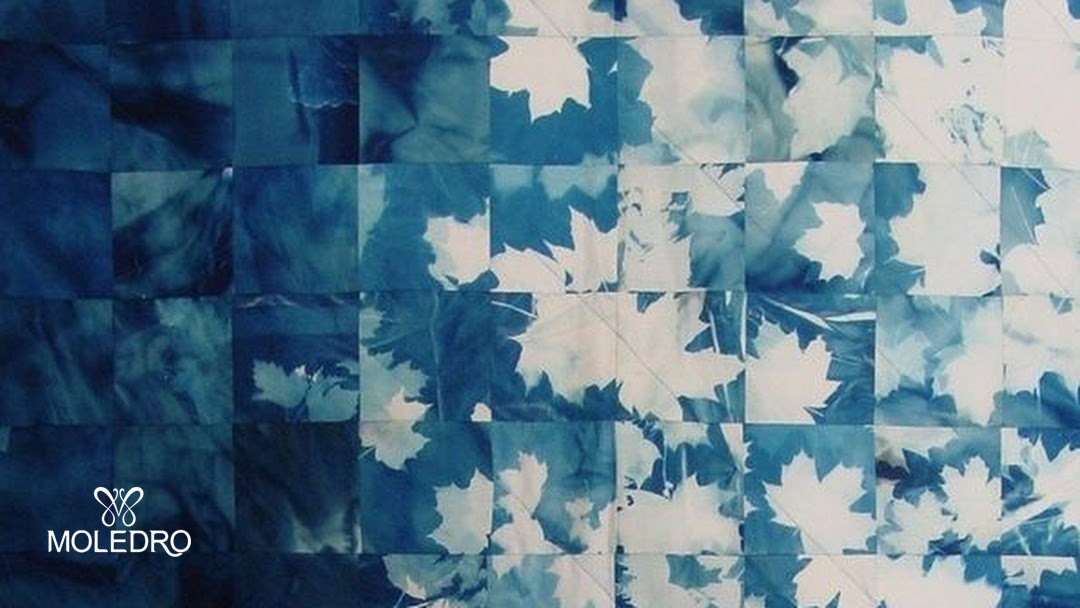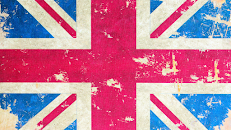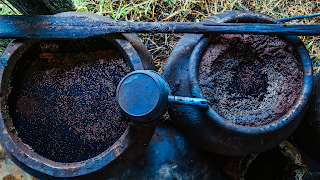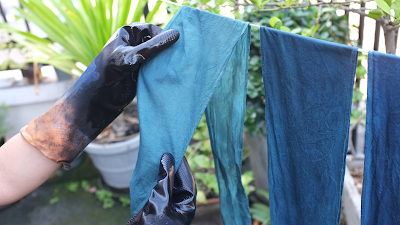Indigo- "The Blue Heritage" in India
A blue dye that comes from the neel (Indigo) plant is known as Indigo. More than 5,000 years ago, Indigo cultivation is thought to have existed in the Indus Valley Civilization. Among the oldest textile dye, Indigo happens to be one.
From the British in the sixteenth century, Indigo became one of the most profitable trade commodities. As it fetched huge profits to the British rule or East India Company, they thrive on the Indigo trade. Thus Indigo started to be called “Blue Gold”.
Dabu is a smooth paste, which is combined well soaked and sieved black earth, tree gum, and wheatgrass powder. Before making stamps onto the fabric, the printer gently pats the wood block onto the dabu. During the Indigo dying process, this paste acts as a resist.
To the bottom left corner of the fabric, the printer aligns the first block and with incredible hand-eye precise coordination, which has been developed over the years of block printing, releases the dabu paste onto the cloth.
Over the wet dabu paste, fine sawdust is scattered to prevent the design from smudging, and from the subsequent dyeing, it seals the printed portion. The fabric is taken outside to sun dry it, once the sawdust has been scattered. This causes the dabu paste and the sawdust to fuse, in return creating a hard barrier that the Indigo dye cannot penetrate.
In the deep vat of Indigo dye, the dabu printed cloth is next immersed. The natural indigo which is derived from the Indigo plant Indigofera tinctorial is not water-soluble. The natural indigo is purchased in blocks, ground into a powder, and before fermenting it is soaked in an underground vat containing water and a strong alkaline lime powder. To make the colour chemically available to bond to the cloth, the strong alkaline reduces the indigo dye and remove oxygen from the liquid.
It is green in colour once the cloth is removed from the vat, by the time when it comes into contact with the oxygen the cloth develops into a rich blue shade of colour. To achieve darker shades of blue, the cloth is dipped repeatedly into the indigo vat, in between each successive immersion drying thoroughly.
The cloth is stretched out in the sun to dry after the fabric has achieved the right shade of blue. Each piece of Indigo dyed fabric tells a story. A story of its origin. The end colour of the cloth can be influenced by the weather conditions at the time of the dyeing right to the pH levels in the dye vat to the consistency of the dabu paste or the minerals in the water. The beauty of the Indigo dyed fabrics lies in these uncontrollable elements.



